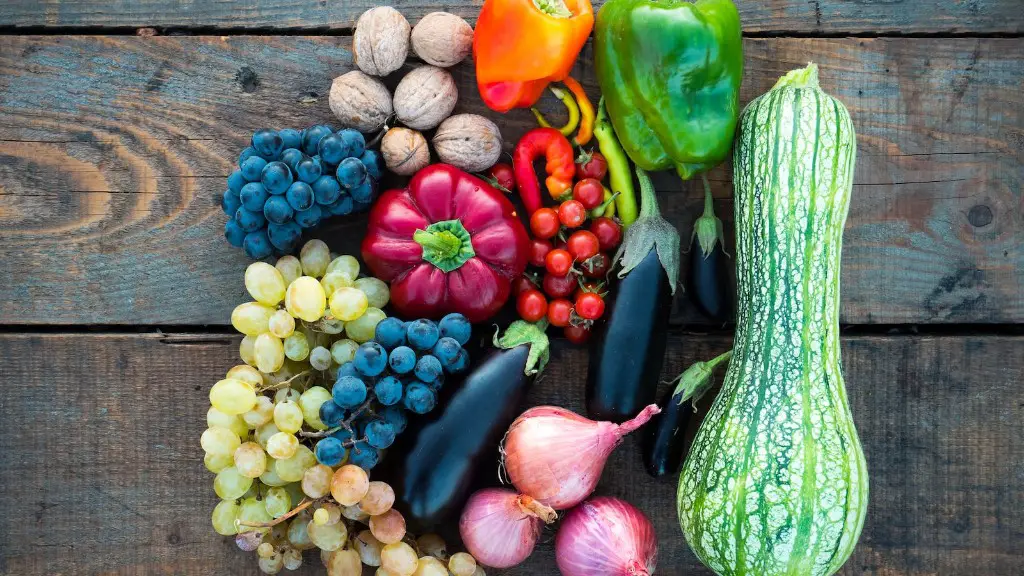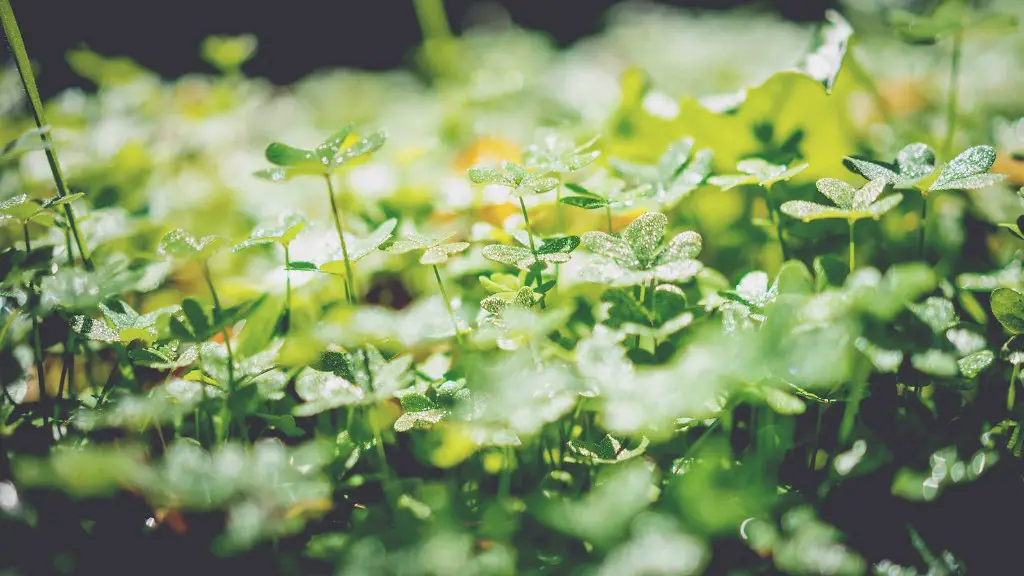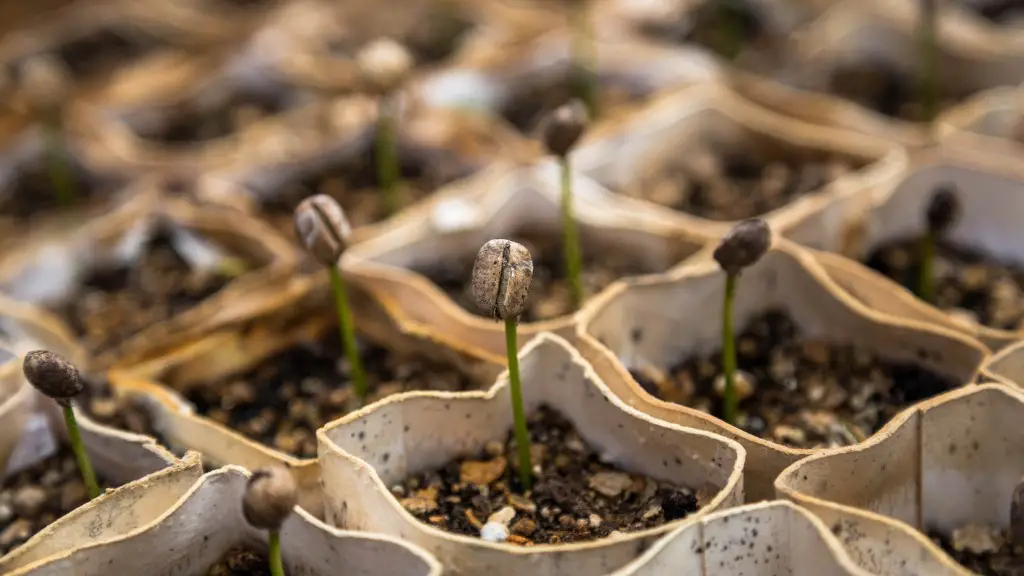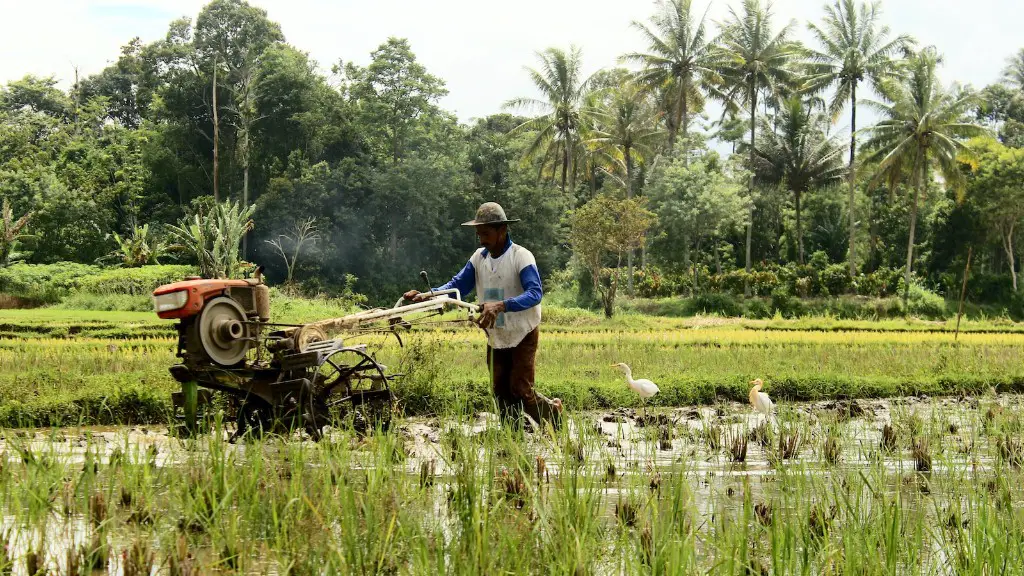A seed treatment is a chemical or biological application that is applied to seeds to protect them from insects, diseases, or environmental stressors.
Seed treatment in agriculture is a process of applying a chemical or other agent to seeds before planting. The purpose of seed treatment is to improve plant establishment, seedling growth, and yield.
What is seed treatment agriculture?
Seed treatments are an important part of crop production, helping to control pests and improve overall crop performance. There are a number of different seed treatments available, each with its own benefits. Choose the right seed treatment for your crops to help ensure a successful growing season.
Seed treatments are an important part of crop production and can help protect plants from pests and disease. Optimizing production begins with elite genetics and protecting plants from pests and disease. Seed treatments can help improve the establishment of healthy crops and contribute to increased yields.
What is the purpose of seed treatment
Seed treatment is a process of treating seeds with chemicals or other agents to improve their germination, prevent seed-borne diseases, and protect them from pests. Seed treatment is an important part of crop production and helps farmers to produce healthy crops.
Seed treatment is an important agronomic practice that can help improve plant establishment and yield. It can also help protect seeds from insect and disease infestations. There are many different seed treatment products and methods available, so it is important to consult with a local extension agent or seed dealer to determine which is best for your particular needs.
What are benefits of seed treatment and why is it important?
Seed treatment is not only beneficial for seeds but also for the soil. It can control soil insects and also add much-needed nutrients and valuable microorganisms that help the plants grow. Germination of a seed depends on a variety of factors but the chances of germination can be improved with seed treatment.
Seed pelleting is a process that changes the physical shape of a seed to enhance pelletibility and handling. This process requires specialized application machinery and techniques, and is the most expensive application.
How long do seed treatments last?
A seed treatment will typically last two to three weeks. However, the exact amount of time it lasts depends on how long it takes for the seed to germinate and emerge.
Seed treatment is a process that helps protect plants from disease and pests. While seed treatment can be effective, there are some disadvantages to using this method of plant protection.
One disadvantage of seed treatment is that it only provides limited protection under high pest pressure. If there is a high population of pests, they can still cause significant crop damage.
Another downside of seed treatment is that the protection it offers is only temporary. The treated seed only has a limited shelf life, so it needs to be used relatively soon after treatment.
Finally, seed treatment can sometimes be phytotoxic, meaning that it can be harmful to the plant. This is more likely to occur if the wrong type of seed treatment is used, so it’s important to be careful when choosing a seed treatment.
Which pesticide is used for seed treatment
Thiabendazole is a systemic fungicide that controls diseases that cause seed decay, stem blight, stem rot, root rot, seedling wilt, damping-off and other seedling diseases. Thiabendazole is shown to improve germination and early season seedling health. By protecting seeds and seedlings from disease, thiabendazole helps ensure a strong, healthy start to the growing season.
If you’re looking to reduce the number of seed-borne fungi and bacteria, soaking your seeds in hot water can help. However, it’s important to note that this method won’t kill pathogens associated with the embryo, nor will it remove seed-borne plant viruses from seed surfaces.
What are the two purposes of seed treatment?
Seed treatment is a process that helps to prevent and control seed-, soil-, and air-borne diseases. It improves germination, vigor, and productivity. Seed treatment also helps to protect the seed from insects and other pests.
Seed treatments can help protect seedlings from stress during early season growth by providing a source of nutrition and by delivering protection from pests and diseases. This is especially critical for cropping systems that utilize early planting, no-till, and irrigation.
What are the traditional methods of seed treatment
There are several different methods of seed treatment, each with its own advantages and disadvantages. Dry treatment is perhaps the most common method, as it is relatively simple and inexpensive. However, it is not always effective, as the pesticides may not stick to the seeds properly. Wet treatment is more expensive and labour-intensive, but it is generally more effective. Slurry treatment is the most expensive and labour-intensive option, but it is also the most effective.
If you have treated your seeds with a product that is hazardous to birds and mammals, or is toxic to fish and aquatic invertebrates, do not leave the seeds on the ground surface. Treating your seeds with a safe and effective product is important, but so is disposing of the seeds properly to protect the environment.
Is seed treatment necessary?
If conditions are good for crop establishment, seed treatments may not be needed However, if growing conditions at establishment are not ideal the benefits of using a seed treatment will often more than pay for themselves Good crop establishment is one of the most important stages in a crop’s development. Seed treatments can help improve germination rates and establishment in less than ideal conditions, leading to a stronger start for the crop.
It’s important to follow the recommended seeding rates when planting your lawn. Too much grass seed can cause competition for resources like light, water, and nutrients, and grass seedlings may struggle as a result. Too little seed can leave your lawn thin or bare.
Final Words
seed treatment in agriculture is the process of applying a protective coating to seeds before planting. The coating helps to protect the seeds from insects, disease, and harsh weather conditions.
Seed treatment is the application of a chemical or biocide to seeds to protect them from pests during storage and planting. Seed treatments can improve seed germination, plant establishment, and yield.





